If you landed on this page, it may be because you or a loved one is struggling with cocaine use. You may have also heard the term “coke bullet” from someone you know, and you want to understand what it is.
The truth is that cocaine addiction isn’t always hidden. Sometimes, it’s in plain sight, but we simply don’t recognize the signs.
Today, we shed light on coke bullets – what they are, how they’re used, and the risks they pose. More importantly, we share how you can get help if you’re living with substance abuse.

Table of Contents
What Is a Coke Bullet?
A coke bullet (sometimes called a snuff bullet, snuff tobacco, or bullet sniffer) is a small portable device used to carry drug paraphernalia. It’s usually made from metal, plastic, carbon fiber, or acrylic, and can carry a tiny amount of cocaine.
These devices look like bullets, hence the name.
Traditionally, people consume cocaine by snorting the powder with a straw or by smoking and injecting it. However, the snuff bullet makes consuming cocaine less conspicuous.
Snuff bullets are easily available online under the names snuff tobacco, sniffer dispenser, or metal snorter. Understanding what a snuff bullet looks like allows you to identify whether someone you know may be struggling with drug abuse.
Coke or Snuff Bullet: How Does It Work?
The snuff bullet is a handheld device that looks like a laser pointer, about the size of a lip gloss tube. It comes in various colors and may be on keychains and necklaces.
The usual snuff bullet has a screw bottom and a hollow chamber that lets people scoop cocaine powder inside. It also has a twist valve or rotating mechanism. Once twisted, it releases a measured amount of substance into the user’s nose.
If you find a snuff bullet among a family member’s belongings, it’s a strong sign of substance use.
Why Do People Use Coke Bullets?
Below are reasons why someone may use a Coke bullet.
- It Draws Less Attention: Coke bullets are discreet, easy to hide, and quick to use.
- It May Feel Safer: The speed and secrecy of using bullets for snorting cocaine may make the user think it’s safe.
- It’s a Quick Fix: Some people may use a snorter because it makes them feel calm after a stressful day at work.
- Illusion of Control: Some people may feel more in control of their dosage if they use a snorter. However, the effects of this small dosage are short-lived, leading to repeated uses.
Unfortunately, if you use snuff bullets, it can make cocaine use easy. This means it can quickly take root in someone’s life, leading to a deeper drug addiction.
The Health Risks of Using Coke Bullets
Coke bullets may seem like a cleaner way to use cocaine. However, its health risks are as dangerous as other forms of use.
Below are risks you should look out for.
1. Chronic Nosebleeds
One of the side effects of cocaine use is nasal damage. Epistaxis, or active bleeding of the nose, happens when cocaine abuse damages the sensitive membranes in your nose. This can lead to congestion, pain, and scabbing inside the nostrils.
Epistaxis can reduce your sense of smell and weaken your natural defenses. In some cases, it can also become life-threatening!
2. Septum Damage
Cocaine abuse also erodes your nasal septum, which is the cartilage separating your nostrils. Over time, it can cause holes to form, resulting in a collapsed nasal bridge and chronic sinus infections.
Moreover, it’s not just the cartilage that suffers. Cocaine sniffing may also damage the bones, and many patients need surgery to reconstruct their noses.
3. Life-Threatening Infections
One of the most dangerous risks of cocaine snorting is invasive fungal sinusitis. It’s an aggressive infection caused by fungi.
Infections like these can lead to facial pain and fever. As the infection spreads to your nasal cavity, it can cause permanent neurological damage and even death.
4. High Blood Pressure
Aside from nasal damage, using coke bullets can lead to cardiovascular issues. Cocaine causes your blood vessels to constrict, affecting your heart rate.
Long-term effects of using cocaine include irregular heartbeats, stroke, and heart attacks.
5. Mental Health Risks
Other than the physical effects of cocaine, you should also watch out for mental health risks. The repeated use of cocaine can lead to insomnia, restlessness, paranoia, and depression. In addition, cocaine addiction can drain you and cause anxiety, irritability, and panic.
Using coke bullets is especially dangerous because it allows you to abuse substances anytime, even at work or school. You may not realize that you’re developing a dependence before it’s too late!
Recognizing the Signs of Dependence
Recognizing the signs of cocaine dependence early can open your life to positive change. It may even save your life one day!
Here’s what you should look out for.
- You Use More Than Intended: When you can no longer control how much you’re consuming, it means you have become dependent on cocaine.
- You Think About Cocaine a Lot: If you’re constantly thinking about your next dose, your dependence may be growing.
- Other People Have Noticed: Has a friend expressed concern over your mood? Please take this as a sign that you may have become dependent.
- You’ve Had Physical Changes: Changes like difficulty sleeping, chest pain, and nosebleeds are clear signs of overuse.
Taking Your First Steps Toward Change
Deciding to stop using Coke bullets isn’t easy. That said, it’s also one of the best decisions you can make for your body and mind.
Fortunately, you don’t have to go through the whole process alone. We at Long Island Interventions are here to help!
To give you a clearer idea, here’s what you can expect during addiction treatment.
1. Intervention
The first step is opening the door to help, especially if one of your loved ones is struggling with addiction.
Interventions are guided meetings that help family members express their concerns in a safe and supportive environment. It can steer someone struggling with addiction toward recovery.
2. Assessment
Once your loved one has agreed to undergo rehabilitation, it’s time for assessment. A professional will check their medical history and come up with a specialized treatment plan.
Below are some of the treatment options you may encounter.
- Inpatient Treatment: In inpatient treatment, you’ll stay at the recovery center 24/7 until you get better. It’s recommended for those with serious addictions and mental health issues.
- Outpatient Treatment: The outpatient treatment program is more flexible. You’ll only attend sessions for a few hours a day.
3. Detoxification
Detox is the most difficult part of recovery because it’s when you experience withdrawal symptoms.
Some withdrawal symptoms can be life-threatening. For instance, there’s a risk of seizure if you use large amounts of cocaine.
In this case, it’s better to have medical professionals around during detox.
Doctors can ease your symptoms with prescription medication. Plus, they can monitor your vitals to ensure your stability.
4. Therapies
Once the cocaine is flushed out of your system, therapists will address the root cause of the addiction. This is important for preventing a relapse.
Therapy rewires your brain and teaches you how to cope with the addiction. It lets you build healthy habits, join support groups, and practice mindfulness.
Below are some therapies you may attend at Long Island Interventions.
- Behavioral Therapy: Behavioral therapy is a guided conversation where therapists help you understand how certain behaviors are unhealthy. They will then introduce new thinking patterns and higher-quality actions.
- Holistic Therapy: Holistic therapy treats you beyond your physical symptoms. It’s a personal approach based on your individual circumstances.
- Telehealth: Tele-Therapy lets you virtually connect with a mental health specialist. You can opt for this type of therapy if you don’t have time to go to a rehab center.
- Wilderness Therapy: A unique offer at Long Island Interventions, wilderness therapy utilizes the beauty of nature to address your mental health. It puts you in a new environment for lasting change.
5. Aftercare
Aftercare is a crucial part of recovery because it allows you to maintain your progress and prevent you from relapsing. It’s important especially for those addicted to cocaine due to this substance’s high relapse rate.
Aftercare involves ongoing therapy, support groups, AA meetings, and even medication management. A healthcare professional will check in with you to see how you’re doing even after treatment.
Final Thoughts
In summary, coke bullets are small devices designed to keep drug usage discreet. It may seem clean and safe, but in reality, it’s just as dangerous as the traditional ways of taking cocaine.
Using coke bullets may escalate someone’s drug use, and they may not even realize it. For this reason, it’s crucial to be aware of what coke bullets look like.
Recognizing the signs of drug addiction may prevent the cycle from deepening.
Finally, if you or a loved one is struggling with substance abuse, know that it’s never too late. Recovery is possible. All you have to do is reach out to someone you trust.
Long Island Interventions is a rehab facility that can help you through your recovery journey. Please don’t hesitate to reach out to us with any questions you may have!
Published on: 2025-06-30
Updated on: 2025-06-30

